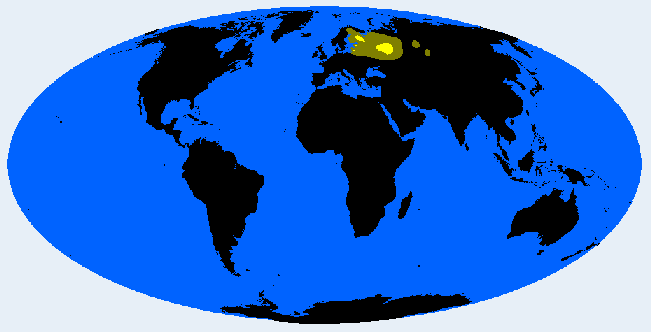Description
Ancient type of Northeastern Europe, sometimes placed in Nordid, sometimes East Baltid. Associated with Finno-Ugric people, once widespread in Russia. Today a minority element in Eastern Finns, e.g. Mordvins, Komi (especially around Vashka), Mari, Udmurts, and Carelians, sometimes in Russians, Western Finns, Balts, and even Saami. Some relict groups exist in Siberia.
Physical Traits
Skin: Pale
Hair: Straight
Hair Color: Red to white-blonde, sometimes reddish-brown
Eyes: Light, often water-blue
Height: Rather tall
Build: Ecto-mesomorph, angular
Legs: Meso-macroskelic
Skull: Meso-brachycephalic (shorter than other Nordids)
Nose: Straight, relatively high and leptorrhine
Face: Softer features
Forehead: Straighter
Nose prominence: Less prominent
The Fenno Nordid type exhibits pale skin with straight hair ranging from red to white-blonde, sometimes reddish-brown, paired with light, often water-blue eyes. The build is rather tall and ranges from ectomorphic to mesomorphic with angular characteristics and meso- to macroskelic leg proportions. The skull is meso- to brachycephalic, notably shorter than in other Nordid varieties. Facial features are softer than typical Nordids, with a straighter forehead and a less prominent nose that is straight, relatively high, and leptorrhine, creating a distinctive Northeastern European appearance.
Literature References
The Fenno Nordid type has been described in anthropological literature as follows:
- Named and described by Eickstedt (1934) and maintained by later authors (Wellisch, 1937; Vogel, 1974; Knussmann, 1996)
- Biasutti (1967) placed it in the Nordic variety "Finnic"
- Lundman (1940) described his Savolaxid as a mixture of Tavastid and Fenno Nordid
- Some authors place it in East Baltic (see editor's note, Lundman, 1964)







